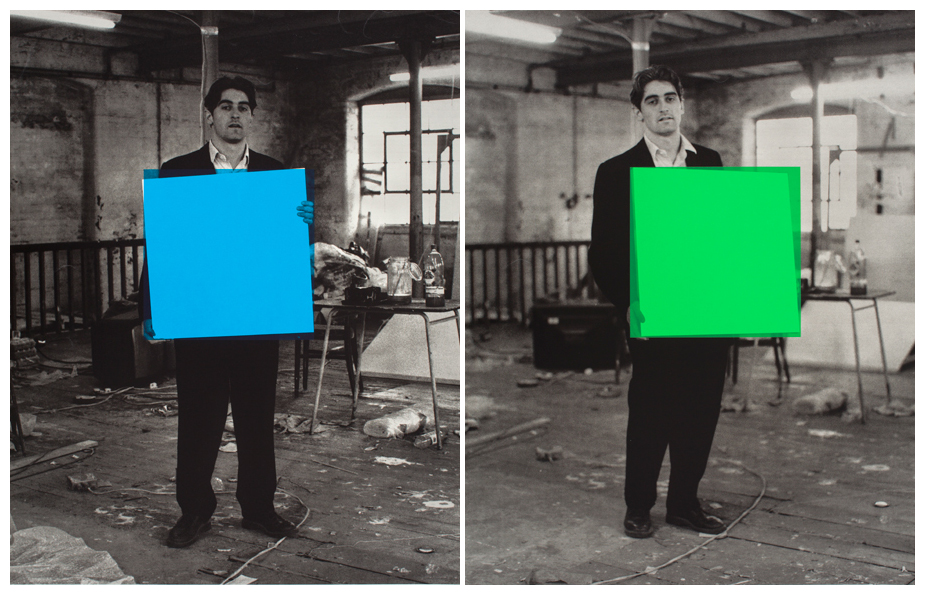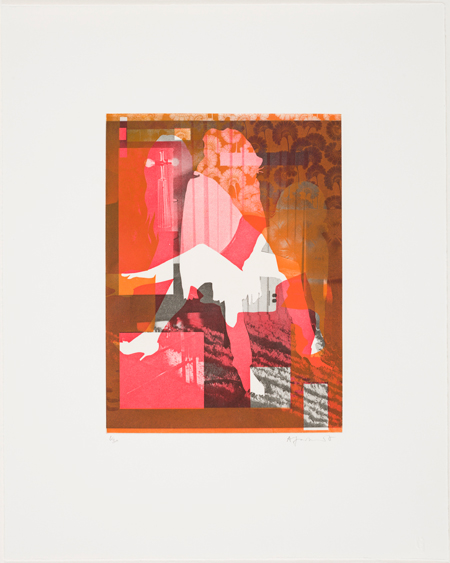With an exhibition of Fairhurst’s printmaking underway, gallerist Paul Stolper praises the late YBA’s clarity of vision
Focusing on publishing and exhibiting prints at my London gallery and around the world gives me a unique and very focused insight into artists’ practice. It allows me to concentrate on an aspect of their work that is as important and more affordable than their primary works. People are always genuinely excited to learn that their budget allows them to own a work by an artist they were sure would be out of their reach. Angus Fairhurst is such an example. His exhibition, Unprinted, is a comprehensive survey of his printed works from 1992 to 2006, including silkscreens and etchings.
“The fact that Angus is no longer with us affords us the time to look back at his career through print with focus and clarity”
Angus Fairhurst (1966-2008) was an influential member of the group of artists associated with London’s Goldsmiths College in the late 1980s. He participated in the seminal exhibition, Freeze (1988), which set the tone for contemporary art in the UK over the next two decades. Following Freeze, he exhibited in most of the landmark group exhibitions of his generation, including Gambler (1991) at Building One, London, Brilliant at the Walker Art Centre, Minneapolis (1995), SOME WENT MAD, SOME RAN AWAY at the Serpentine (1994), Apocalypse at the Royal Academy, London (2000), Casino 2001 at SMAK, Ghent (2001), and In-a-Gadda-da-Vida, with Sarah Lucas and Damien Hirst, at Tate Britain, London (2004). Performances by Fairhurst’s band, originally called Low Expectations, took place at an international range of venues from 1995–2001.

Curating an exhibition that concentrates on his prints really highlights what a great printmaker Angus was. I wish he had made more and I wish I could have published some of his works; he had a really strong clarity of vision, and a beautiful understanding of colour. There is also an intimacy to the screenprints and etchings, which prints inevitably have, since the artist can work in stages, making changes, and adding and removing parts. This is true for all great printmakers from Durer and Rembrandt to Picasso. But Angus covered so many mediums that he didn’t have enough time to explore print more.
This comprehensive show is an insight into how Angus worked over his entire career, and prints – being manageable works on paper in terms of scale, and more readily available by being editioned – are easier to curate comprehensively than a show of large sculptural works. Today everyone is so keen to find the ‘next’ and turnover of visual imagery and ideas occurs at such a frenetic pace. The fact that Angus is no longer with us affords us the time to look back at his career through print with focus and clarity.
Unprinted by Angus Fairhurst is showing at the Paul Stolper Gallery, London until 30 August




